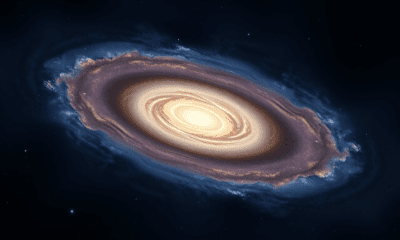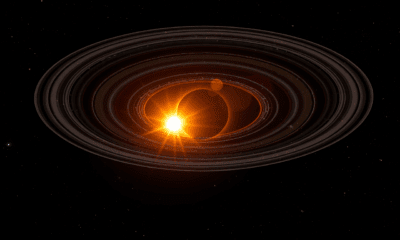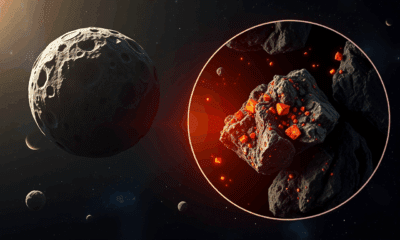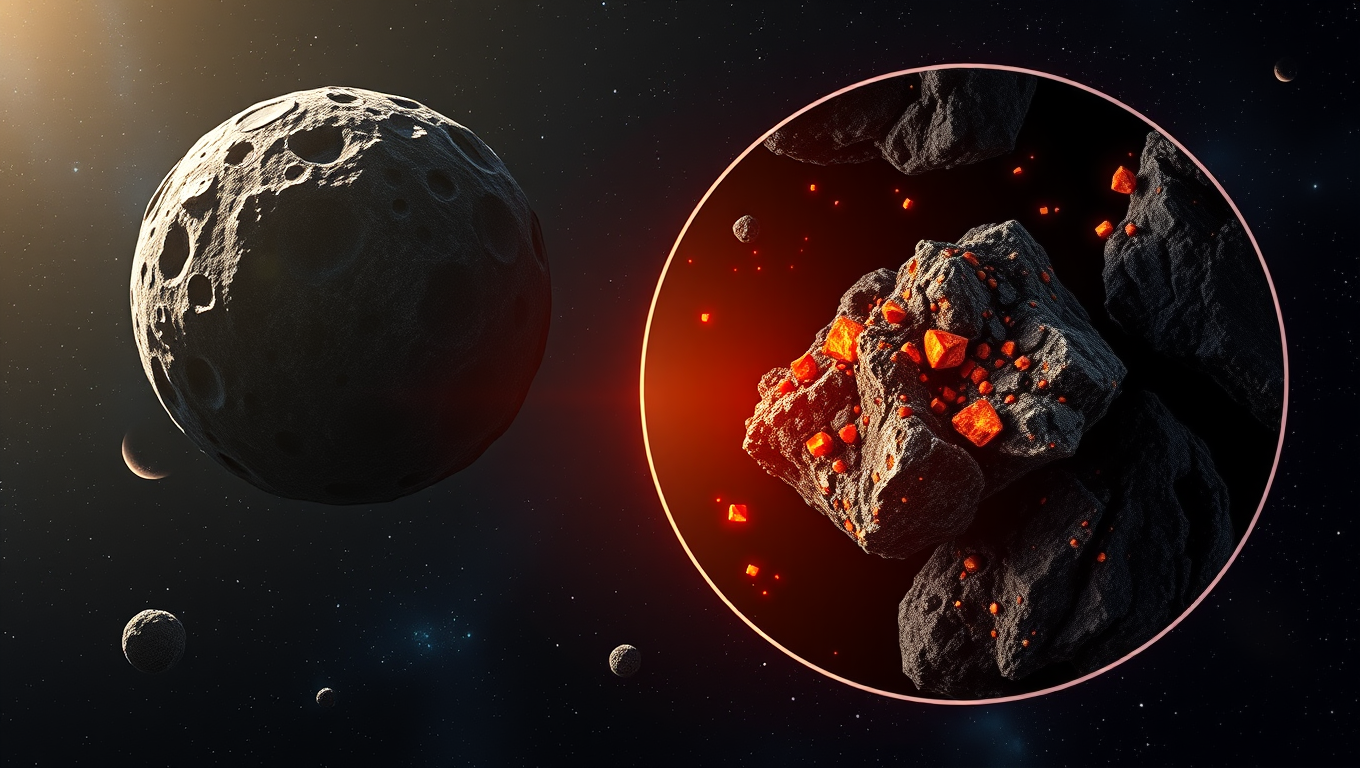While we try to keep things accurate, this content is part of an ongoing experiment and may not always be reliable.
Please double-check important details — we’re not responsible for how the information is used.
Asteroids, Comets and Meteors
The Great Enigma of Titan: Why the Moon’s Rivers Are Missing Deltas
New research finds that despite large rivers and seas of liquid methane, Saturn’s moon Titan seems mostly devoid of river deltas, raising new questions about the surface dynamics on this alien world.

Asteroids, Comets and Meteors
Citizen Scientists Uncover Rare Exploding Star in Real-Time
Citizen scientists using the Kilonova Seekers platform spotted a stellar flash 2,500 times brighter than before, allowing astronomers to identify the exploding cataclysmic variable GOTO0650 within hours. Swift community follow-up captured X-ray, UV, and amateur telescope data, revealing the star’s rare “period-bouncer” stage.
Asteroids, Comets and Meteors
A Mysterious Mineral in Asteroid Ryugu Challenges Our Understanding of Planetary History
A surprising discovery from a tiny grain of asteroid Ryugu has rocked scientists’ understanding of how our Solar System evolved. Researchers found djerfisherite—a mineral typically born in scorching, chemically reduced conditions and never before seen in Ryugu-like meteorites—inside a sample returned by Japan’s Hayabusa2 mission. Its presence suggests either Ryugu once experienced unexpectedly high temperatures or that exotic materials from other parts of the solar system somehow made their way into its formation. Like discovering a palm tree fossil in Arctic ice, this rare find challenges everything we thought we knew about primitive asteroids and the early mixing of planetary ingredients.
Asteroids, Comets and Meteors
Building on Mars: The Future of Space Colonization
Imagine printing your Martian home from dust, sunlight, and a bit of biology. A new synthetic lichen system uses fungi and bacteria to grow building materials directly from Martian soil, completely autonomously and without human help.
-

 Detectors3 months ago
Detectors3 months agoA New Horizon for Vision: How Gold Nanoparticles May Restore People’s Sight
-

 Earth & Climate4 months ago
Earth & Climate4 months agoRetiring Abroad Can Be Lonely Business
-

 Cancer3 months ago
Cancer3 months agoRevolutionizing Quantum Communication: Direct Connections Between Multiple Processors
-

 Agriculture and Food4 months ago
Agriculture and Food4 months ago“A Sustainable Solution: Researchers Create Hybrid Cheese with 25% Pea Protein”
-

 Diseases and Conditions4 months ago
Diseases and Conditions4 months agoReducing Falls Among Elderly Women with Polypharmacy through Exercise Intervention
-

 Chemistry3 months ago
Chemistry3 months ago“Unveiling Hidden Patterns: A New Twist on Interference Phenomena”
-

 Albert Einstein4 months ago
Albert Einstein4 months agoHarnessing Water Waves: A Breakthrough in Controlling Floating Objects
-

 Earth & Climate3 months ago
Earth & Climate3 months agoHousehold Electricity Three Times More Expensive Than Upcoming ‘Eco-Friendly’ Aviation E-Fuels, Study Reveals





























